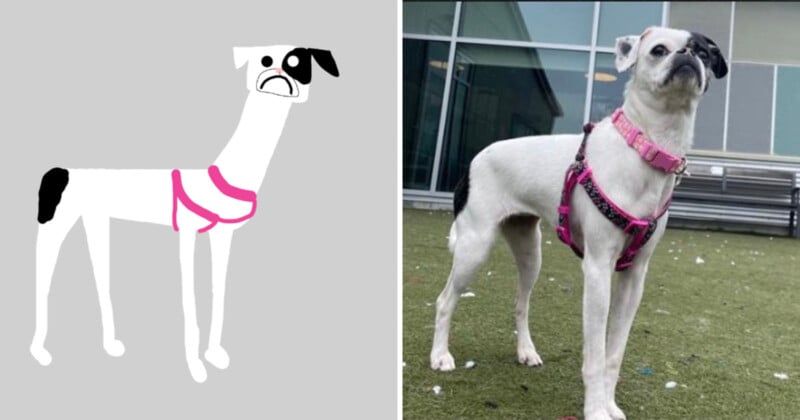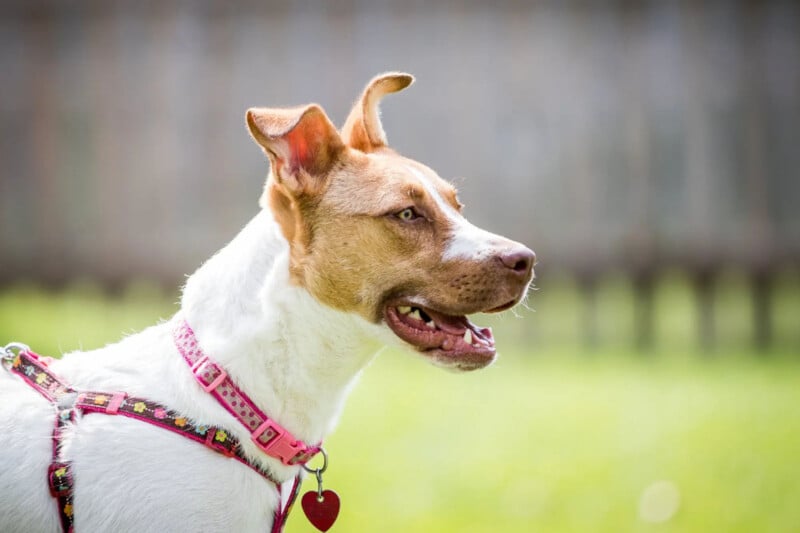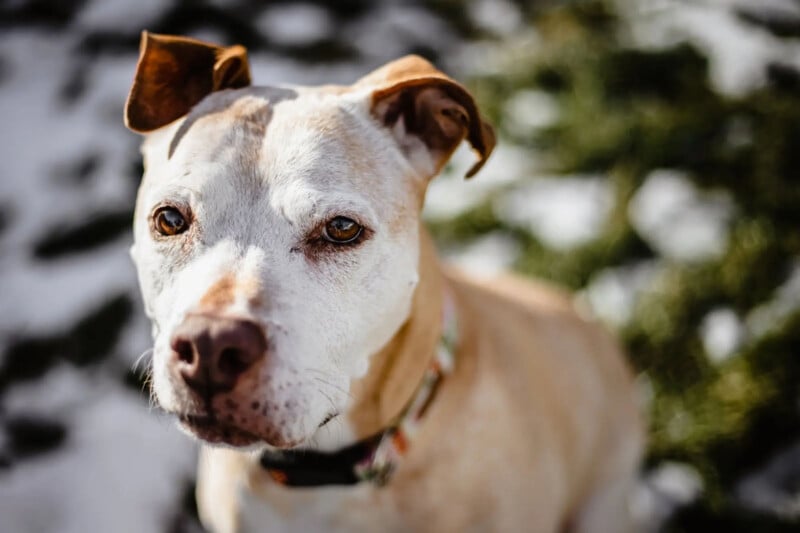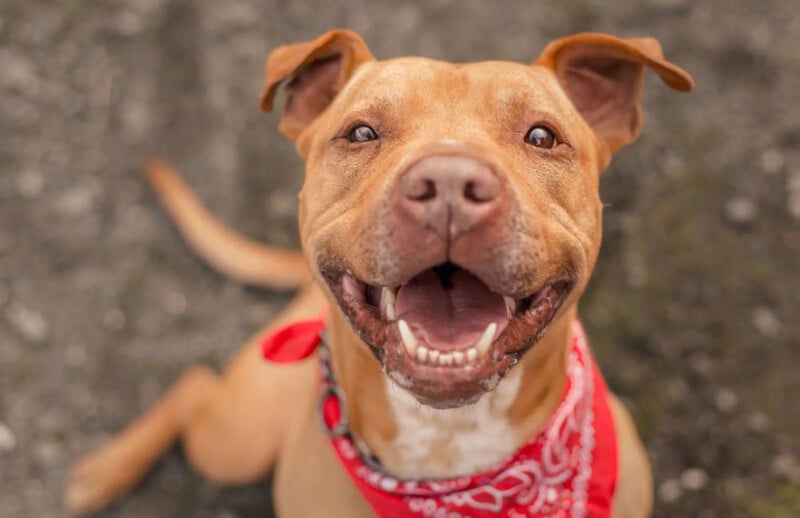Animal Shelter’s ‘Camera Broke’ So It Used Drawings to Inspire Adoption

Animal shelters, human societies, and pet adoption centers typically use photos to showcase their available animals, and studies have shown how important images are to prospective pet adopters. The Ottawa Humane Society thought it’d be entertaining to pretend their camera broke and were forced to create drawings of their animals.
While a humorous twist on the concept of “forgetting a camera at home,” a bit that doesn’t quite play as well in the age of everyone owning a smartphone, the drawings also do a great job of drumming up interest in animals available for adoption.
Need a rabbit who will love you a latte?
If you can’t tell, Espresso is a fluffy lionhead rabbit. She’s looking for a loving family as unique as she is!
Adopt Espresso: https://t.co/uIduXqSdHs pic.twitter.com/QiKgdkgs4V
— Ottawa Humane Society (@ottawahumane) May 9, 2023
As Newsweek explains in its coverage of the animal adopting drawings, the American Society for the Prevention of Cruelty to Animals (ASPCA) estimates that around 6.3 million companion animals are admitted to shelters in the United States every year, and about 4.1 million animals are adopted from these shelters. Of the 2.2 million animals that enter shelters annually but aren’t adopted that same year, nearly a million of them are euthanized. While there are numerous no-kill shelters, and some cities even prohibit euthanizing shelter animals, there are more animals than homes that want them, and not enough resources to go around.
With that sobering statistic in mind, shelters must find ways to showcase their animals and make them more attractive to prospective pet owners. A good photo — or drawing in some cases — can mean the difference between life and death.
*UPDATE* it turns out we just left the lens cap on. That’s a relief, we weren’t sure how much longer we could keep this up.
View all of the adoptable animals and find your new best friend! https://t.co/2TIwkwzCnq pic.twitter.com/XBrrcCtc8z
— Ottawa Humane Society (@ottawahumane) May 9, 2023
“We thought it would be funny if we pretended our camera broke and were forced to draw the animals. We also hoped that it would be disruptive and different since our feed is always filled with quality photos of animals,” Stephen Smith, Ottawa Humane Society’s communications manager tells Newsweek.
The Ottawa Humane Society offers the standard services people expect from humane societies, including spay and neuter clinics, a pet food bank service, child and youth outreach programs, and a wide range of adoption services. However, Smith says that they also like to do things a bit differently, especially regarding social media.
A few available pets, including Addison the giraffe pug, Annie the American rabbit, Espresso the fluffy lionhead rabbit, and Pumpkin the cat were selected to have their portraits drawn by staff at the humane society, including the society’s communications coordinator and marketing coordinator. Smith says each drawing took them about half an hour.
Back by popular demand, here is our artistic rendition of Mojo.
Visit our website to adopt this long-toed boy. https://t.co/tyBYgtiblD pic.twitter.com/OiiCv5qw6P
— Ottawa Humane Society (@ottawahumane) May 17, 2023
“We thought our usual group of followers would get a kick out of it but didn’t expect it to be shared around so much,” Smith says of the drawings. “We’re really happy to see that so many people enjoyed the drawings and got a laugh from them. Best of all, the animals have benefited too! Addison, the infamous giraffe pug, has been adopted, and Pumpkin has a meeting scheduled with an interested adopter.”
The Importance of Images for Pet Adoption
The ASPCA says that getting great photos of available animals is “crucial” to get them adopted and into good homes.
“Whether you’re posting adoptable animals online or documenting your work in a newsletter or fundraising appeal, the photos you choose will represent you and leave a lasting impression,” the organization explains.
The ASPCA offers 10 tips to help organizations capture better photos of their pets, including keeping it positive, using the best possible gear, focusing on an animal’s face, checking lighting, being careful with flash, and ensuring that the background is good.
Adobe adds that candid shots do well, and that it’s really important to get on an animal’s level when possible. Not only does that work well for wildlife photography, but it’s also really important for pet photography too because it helps create a stronger connection between the viewer and the subject.
On Companion Animal Psychology, Dr. Zazie Todd describes research done by Rachel Lampe and Thomas Witte of the Royal Veterinary College. “Better photos may catch the eye of potential adopters and make the dog’s features and personality more visible,” Lampe and Witte explain.

While some photographers believe that using props, dressing up a dog, or giving it a toy helped get the animal adopted faster. However, Lampe and Witte say it makes no difference.
However, their study concludes the overall quality of the photo matters a lot. For young dogs, a “great quality photo” led to adoption within 14 days in many cases, while the average stay at a shelter was 43 days for dog’s with poor-quality portraits. Eye contact proved essential, and standing dogs were adopted faster than sitting dogs.
For adult dogs, taking a picture outside helped get the pet into a new home. Further, blurry photos and small pictures had noticeable adverse effects on adoption rates.
The study focused specifically on black Labrador retriever mixes, to ensure that the breed of dog was controlled.

“These positive photo traits would apply to dog photos at large. This information can begin to be used to easily and cheaply help shelters increase the impact of their online advertising of dogs and to decrease how long the dogs stay in shelters,” Lampe and Witte explain.
The faster an animal is adopted, the better — for many reasons. Beyond the obvious that animals live better lives in loving homes than in shelters, even incredible shelters with amazing, hard-working, and compassionate staff, it’s important that shelters have space to accept new animals.
Further, the longer an animal is at a shelter, the harder it is for them to be adopted. Prospective pet owners can perceive a prolonged shelter stay as indicative that there’s something wrong with the animal, even though that conclusion is often unfair.

Hearts Speak argues that online photos make a big difference to dog adoption at large, regardless of the breed. Most adopters view pictures of dogs online before adopting, and 90 percent use online images to compare multiple dogs.
Participants in a study conducted by the Master of Nonprofit Studies program at the University of Richmond outlined three essential aspects of dog portraits. The photos should clearly show a dog’s face, show a dog’s entire body, and illustrate the animal’s personality.
It’s important that shelter staff is trained on how to take better photos, or shelters should solicit help from local photographers. After all, animal adoption saves lives.